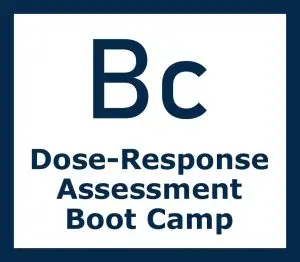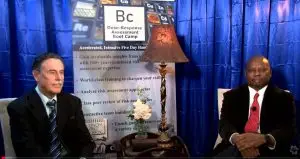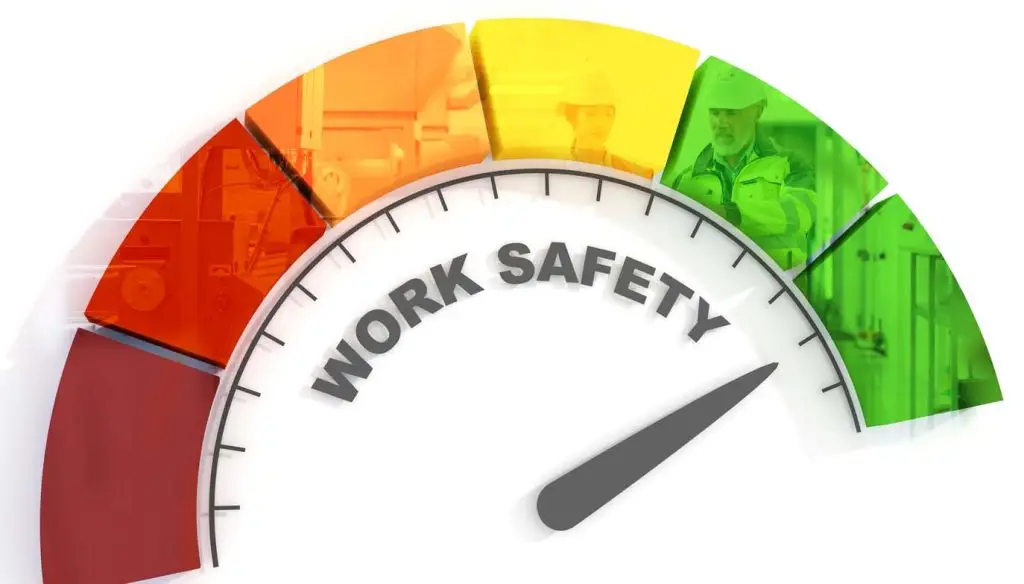Too much of a good thing?
by By Michael L. Dourson, PhD., DABT, FATS, FSRA We have all likely heard someone say something is “too much of a good thing.” This applies to foods, like ice cream,
 REGISTER TODAY
REGISTER TODAYNext class is October 6-10, 2025, in Cincinnati. Click Here
Register Today
For the Next Beyond Science and Decisions: From Problem Formulation to Dose-Response Assessment Workshop XV. A virtual event. CLICK HERE to register
TERA and ISRTP submit an amicus brief to the court involving the EPA’s levels of acceptable PFOA levels. Click Here to read.
TERA engages all parties in the scientific and technical aspects of PFAS risk assessment winning several awards for its publications. We have also been involved in organizing conferences and workshops that address the complex issues surrounding PFAS regulations. TERA works internationally to bring people together from different sectors, government, NGOs, and industry, to discuss differing opinions. Click Here to review a recent article in InsideEPA.
Register Today
For the Next Risk Assessment / Management Course.
CLICK HERE to register and for more information.
Cincinnati, Ohio
November 12, 13, and 14
by By Michael L. Dourson, PhD., DABT, FATS, FSRA We have all likely heard someone say something is “too much of a good thing.” This applies to foods, like ice cream,
Get your common questions answered

Want more Information about our Dose-Response Assessment
Boot Camp
You will be redirected to a secure payment portal
We use cookies to improve your experience on our site. By using our site, you consent to cookies.
Manage your cookie preferences below:
Essential cookies enable basic functions and are necessary for the proper function of the website.
These cookies are needed for adding comments on this website.

Occupational Exposure Limits (OELs) are designed to safeguard the health of healthy workers during their careers. These limits are based on the assumption of repeated daily exposure throughout a working lifetime, typically averaged over an 8-hour workday. Their purpose is to prevent both immediate (acute) and long-term (chronic) health issues arising from workplace exposures. It’s important to note that OELs are not intended for the general public, which includes vulnerable groups like infants, the elderly, and those with pre-existing health conditions.
Workplace Environmental Exposure Levels (WEELs) are health-based guidelines for chemical hazards in the workplace. These values represent air concentrations believed to protect the majority of workers from negative health effects resulting from occupational chemical exposure.
The development of new or revision of existing WEELs is typically assigned to voluntarily designated subcommittees. A subcommittee usually comprises 3 – 4 members from the WEEL Committee. New WEELs are developed using the OARS-WEEL administrative standard operating procedure (SOP), while existing WEELs are usually revised every 10 years, unless the availability of significant new data which may impact the existing WEEL value compels the committee to make a revision sooner. The OARS-WEEL SOP contains procedures and guidelines governing conflicts of interest, draft document preparation, literature searches, draft document review, balloting process, post-ballot WEEL documentation quality assurance scientific review, and publication.
Once a subcommittee has prepared a draft WEEL document, a review of the draft is scheduled for the next available Committee meeting. The WEEL Committee members are expected to have reviewed all such drafts prior to the meeting. If no major changes are necessary to a draft, the attending Committee membership may, by a simple majority, approve the WEEL for balloting. Alternatively, the Committee may direct the subcommittee to revise the WEEL and present it for further discussion at a future meeting. If a ballot is not approved by a two-thirds majority of non-abstaining Committee members, it is discussed at the next Committee meeting to determine the appropriate course of action. Once the WEEL is approved by a two-thirds majority of non-abstaining Committee members, copies of ballot comments are forwarded to the designated subcommittee and all substantive comments must be addressed in the final draft. If resolution of a substantive comment results in a change to the WEEL value or a change in the basis for the value, the draft must be re-balloted.
Once all comments have been addressed on a successfully balloted draft, document formatting and editorial review are performed by TERA, before the draft WEEL document is made available for public comment (usually for a period of 30 days but may be extended if the need arises). After the public comment period has elapsed, comments are addressed by the subcommittee responsible for that specific draft, after which the WEEL documentation is submitted to Toxicology and Industrial Health (TIH), a peer-reviewed medical journal that covers research in the fields of occupational health and toxicology, for publication. A thorough review of the galley proof by the scientific content quality coordinator at TERA, and proofreaders and editors at TIH is the penultimate step before eventual publication of the WEEL documentation.
The OARS-WEEL Committee is composed of volunteer experts specializing in the scientific determination of occupational exposure levels. This committee actively seeks a balanced representation of professionals from toxicology and industrial hygiene, drawing upon a diverse range of experience from industry, government, academia, and consulting. Importantly, each member contributes to the Committee based on their individual expertise and not as an official representative of their respective employer, organization, or agency.